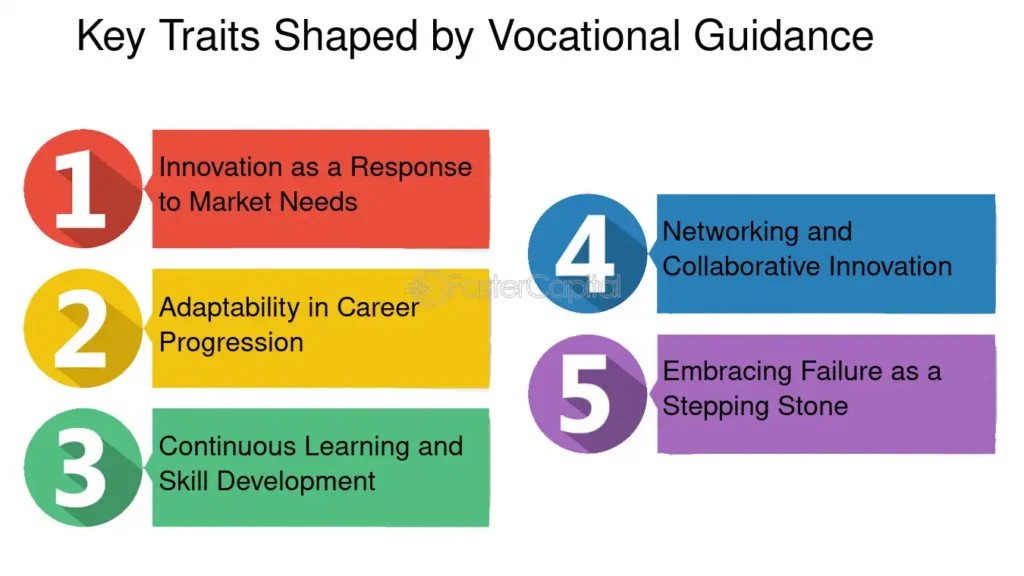Good Leadership: How You Can Learn It

Good Leadership is all about guiding people to work together and achieve common goals. Leadership is not just for bosses or managers, but for anyone who helps others reach success. Whether it’s a teacher, a coach, or even a friend, leadership comes from what you do, not just what position you hold.
Good leadership is something anyone can learn. It’s not something you’re born with. By understanding yourself and acting with honesty, you can be a leader. Leadership isn’t about being the boss; it’s about helping people grow and work together in the best way possible.
What Is Leading Others? A Simple Explanation
Leading others is about guiding people toward a shared goal. When someone leads, they help others work together to achieve something great. It’s not just about telling people what to do, but about helping them understand how to get there.
In every part of life, whether at home, school, or work, there is always a need for someone to guide. Leading isn’t about being in charge all the time. It’s about making sure that everyone feels included and can do their best.
People who guide others do it through their actions. They show by example, helping others to follow. It doesn’t matter if you’re young or old, you can still guide others in the right direction.
Why Guiding Others Matters in Everyday Life
Being able to guide is important in everyday situations. It helps bring people together, whether it’s in a family, a classroom, or a group of friends. When someone steps up to guide, it helps make sure everyone is on the same page.
Guiding isn’t only for big moments. It happens every day in small ways. Whether it’s helping your friend with homework or deciding what game to play with your team, guiding helps things run smoothly.

In life, everyone has the chance to step up and guide. It can make a big difference in how people work together and how problems are solved.
Can Anyone Learn to Lead? Yes, You Can!
Anyone can learn to guide others, no matter who they are. It’s not something people are born knowing how to do. It takes practice, but with time, everyone can become a great guide.
The first step in learning to guide is understanding yourself. When you know your strengths and what you believe in, it becomes easier to help others. People trust those who know themselves well and act with honesty.
Guiding others is a skill that grows with experience. Every time you help a group, solve a problem, or make a plan, you’re learning how to guide. Little by little, you can get better at it.
The Key Traits of Good Guidance
Good guidance comes from certain traits that make someone trusted by others. One important trait is being supportive. People feel comfortable when they know their guide will help them when things get tough.
Another trait is problem-solving. A good guide looks at challenges and finds ways to fix them. They don’t get stuck on problems but find solutions that work for everyone involved.

Being open to new ideas is also key. A guide listens to different opinions and isn’t afraid to try new things. This helps groups stay flexible and ready for anything that comes their way.
How Guiding Others Helps Teams Succeed
Guiding others is key for teamwork. When someone steps up to guide, they help keep the group organized and moving toward their goal. Without guidance, teams may struggle to work together.
A good guide encourages every member of the team to share their ideas. This makes sure that everyone is heard and that the best ideas are used. With everyone working together, the team can achieve more than they would alone.
Guiding others also helps teams when they face problems. When things get difficult, a good guide stays calm and helps the team find solutions, keeping everyone focused on what they need to do.
Ways to Practice Leading Today
Learning to guide others starts with simple actions. Helping your friends with their projects, offering to organize a group activity, or even just being a good listener can all build guiding skills.
Practicing at home or school is a great way to begin. If you’re in a group, take turns guiding. This way, everyone gets the chance to see what it feels like to help others reach their goal.
One important way to practice guiding is by being open to feedback. Ask others how you did, what you could do better, and what worked well. This will help you improve every time.
Leading and Teamwork: A Perfect Match
Guiding and teamwork go hand in hand. When people work together, they need someone to help keep things moving. The right guide can help everyone play to their strengths and contribute to the team’s success.
Teams that have a strong guide are often better at solving problems. They work more smoothly and know who to turn to for help when they’re stuck. The guide keeps everyone focused on the goal.
However, guiding doesn’t mean doing everything yourself. The best guides know when to let team members take charge of certain tasks, making sure everyone gets a chance to shine.
How to Develop Guidance Skills in School and Work
Building skills in guiding can start at school. Whether it’s leading a group project or helping organize events, students can develop these skills early on. It’s all about learning how to listen, support others, and make decisions.
At work, guiding can be learned through practice and experience. Offering to help with projects or taking on small tasks that require guiding others are great ways to build these skills in a job setting.
The more you practice, the better you get. Over time, guiding becomes easier as you gain confidence and learn from your mistakes. It’s all about staying open to learning new things.
Real-Life Examples of Guiding Others
We can find examples of great guides in every part of life. From a parent who teaches their child to a teacher who helps students succeed, these everyday heroes show what it means to guide others.
In sports, coaches are often great examples of people who guide. They inspire their teams, keep them focused, and help them improve over time. The best coaches are always there for their players, even when things get tough.
Business leaders also show us how guiding works. They help their employees succeed, make tough decisions, and create plans for the future, always thinking about how to make their team better.
Why Guiding Isn’t Just for Bosses
Guiding others isn’t only for people in charge. Anyone can step up to help others work toward a goal, whether they’re a manager, a student, or even a friend. It’s about actions, not titles.
Some of the best guides have no official power, but they help their teams in big ways. They might be the ones who solve problems, encourage others, or bring new ideas to the table.
Guiding happens in everyday life too. Helping a group of friends or offering advice to someone who’s stuck can make you a guide, even if you’re not officially in charge.
How Knowing Yourself Helps You Be a Better Guide
One important part of guiding is understanding yourself. When you know your own strengths, you can use them to help others. Self-awareness helps you stay calm, clear, and confident when things get tough.
Being yourself is also key to guiding others. People trust guides who are honest and real. If you try to be someone else, it’s harder for others to follow you.
To improve in guiding, it’s helpful to reflect on your own actions. Think about what worked and what didn’t, and keep growing from there. Every experience teaches you something new.
Growing and Learning as a Guide Over Time
Becoming a guide is a journey that happens over time. You don’t learn it all at once. Every experience, whether a success or a failure, helps you grow and become better at helping others.
It’s important to stay open to learning. Great guides never stop growing. They take feedback, try new things, and always look for ways to improve.
The best guides know that it’s not about being perfect. It’s about being willing to learn from mistakes and keep trying. Over time, guiding gets easier, and you become more confident in your abilities.
Conclusion
Guiding others is a skill that anyone can learn. It’s not about being in charge, but about helping people work together toward a goal. Whether you’re helping your friends, working in a team, or leading a group, guiding can make everything go smoothly. It takes time and practice, but anyone can do it.
The more you guide, the better you get. By listening, being patient, and learning from your experiences, you’ll grow into a strong guide. Remember, it’s not about being perfect—it’s about helping others and working together to achieve great things.



